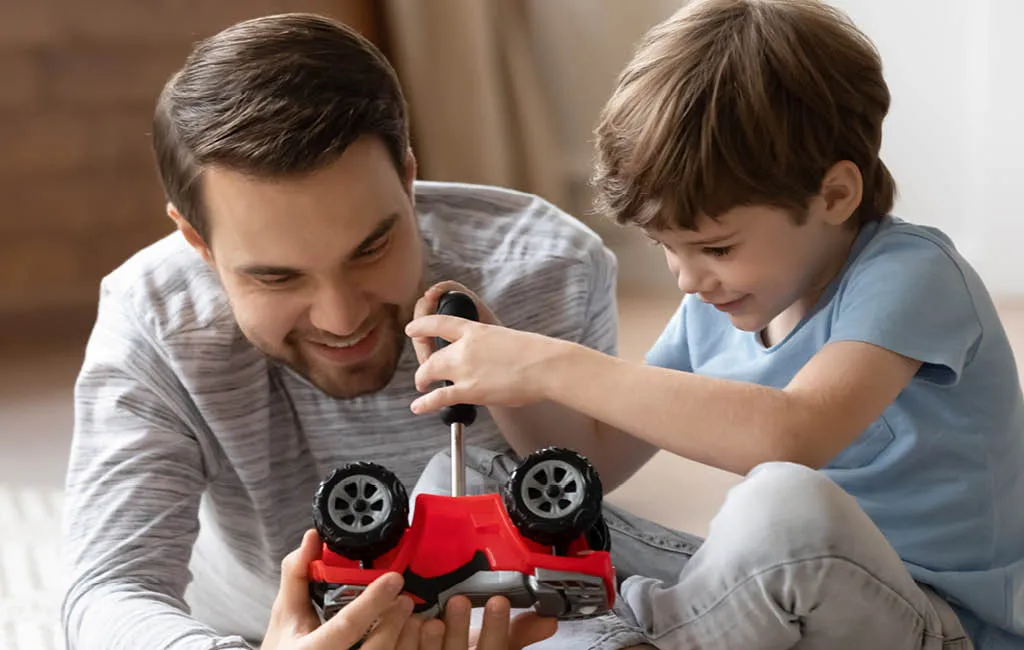How education grows in everyday life
Education is a key resource that we acquire throughout our lives and with which we shape our everyday routines. This enables us to solve problems, make good decisions, and grow personally. For children, education is a living process of learning when they observe adults, play, or ask us questions.With curious eyes, they explore their surroundings, try new things, and soak up impressions like a sponge. Especially in the early years, childhood education plays a central role. As this is the time when children develop their language, cognitive, social, and emotional skills. It is crucial that parents and caregivers listen, answer questions, and provide guidance in everyday life. Time and attention are the key to supporting children in their development and teaching them values such as respect, helpfulness, and empathy. Education happens in everyday life when you talk and laugh with your child and give them valuable moments of closeness.










